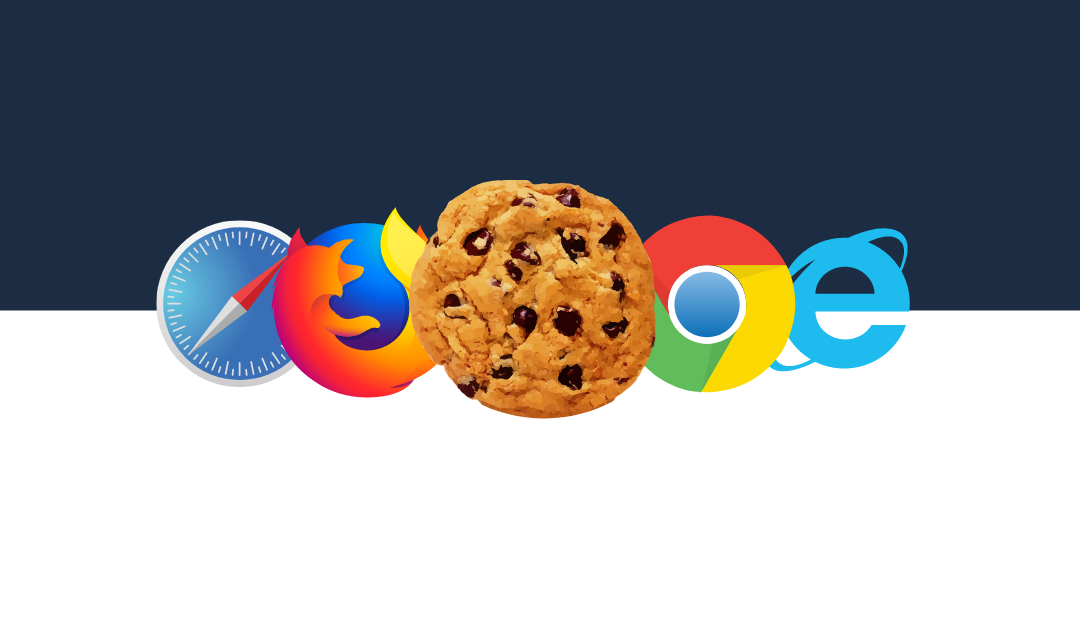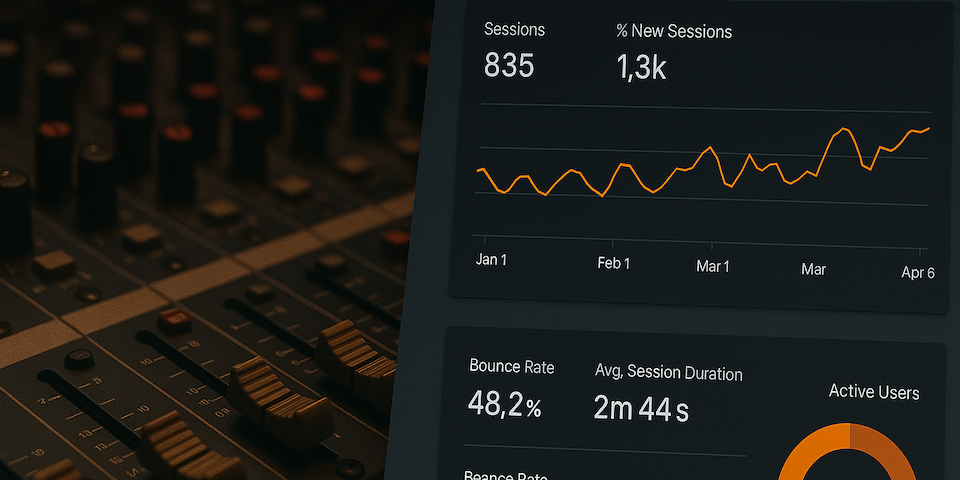Yes, it’s true. Google Chrome will soon stop allowing cookies that collect data on individual users’ browsing habits. Here’s what you need to know so the impending “cookie-pocalypse” doesn’t derail your marketing strategy.
These are very different kinds of parties…
Thanks to the internet, ads subsidize our access to free content, and in exchange, we essentially agree to have all sorts of information collected about us by cookies. Once concerns about third-party data and its invasion of privacy came into play, internet marketers were forced to explore other options. The solution? We started using pop-up banners and asking users to click a button authorizing the website to use cookies for data collection.
Not all data is created equal, however. User information is categorized by three distinct approaches to data collection:
- First-party data comes directly from your audience including current customers, SQLs or MQLs, site visitors, newsletter subscriptions, social media followers and more. It’s the most difficult to get but is undeniably the most valuable.
- Second-party data is first-party data that’s collected by another company. Then, it’s shared or purchased by trusted partners and affiliated organizations to use for ad targeting.
- Third-party data is typically collected by several organizations or websites, aggregated together by a provider and sold to marketers for advertising strategy development.
What’s so bad about third-party cookies
Third-party cookies were never optimal, but they were an easy option for marketers. Unfortunately, the frequent data breaches at well-known companies and suspicions that our phones are listening in on our conversations are harsh reminders that our personal information is far too easy to access – and consumers are pretty shaken up about it.

Since May of 2018, the European Union (EU) has enforced its General Data Protection Regulation (GDPR) to protect individual user privacy, and on January 1, 2020, California enacted the California Consumer Privacy Act (CCPA) to protect entire households. Florida’s legislature is currently reviewing a privacy law, tougher than California’s, that will allow marketers to retain consumer data for one year only, while at the same time, easing the criteria to bring suit against privacy violators.
Think of it this way: You can mute the TV or leave the room when you’re not interested in seeing a commercial. On the internet, the advertising opportunity may be lost once you leave the site, but the data from your visit is still collected and shared.
Identity management solutions
When the switch is flipped and third-party cookies are finally nixed, some industry experts suggest that User-Level Identifiers (ULIs) could be the answer. Google, however, is proposing a new protocol: FLoCs.
FLoC stands for Federated Learning of Cohorts and is intended to protect user privacy by placing people into groups with similar interests and then marketing to these target audiences as a whole. In short, Google doesn’t think people should have to accept the idea of being followed across the internet just to receive relevant ads.
“Advertisers don’t need to track individual consumers across the web to get the performance benefits of digital advertising. Advances in aggregation, anonymization, on-device processing and other privacy-preserving technologies offer a clear path to replacing individual identifiers,” says Google.
First-party data is your new BFF
That brings us to first-party data, the more personalized and permission-based approach to data collection. This approach provides far better information for behavioral analysis to help marketers develop the most efficient, reliable and effective strategies and media budgets.

We’re big proponents of first-party data for a few reasons:
- A user opting-in to your communications means they’re interested in your organization or what your organization offers. It’s essentially a virtual FastPass that lets you cut to the front of the line – or, in this case, a clogged email inbox.
- Marketers can better determine the audience segments and behaviors that are most relevant. Then, we can use this data to create and target look-alike audiences.
- Three words: maximize your budget. When you’re collecting information from your actual customers instead of using aggregated data, the accuracy of your digital ads will satisfy both C-suite executives and the bottom line.
There are so many potential channels for marketing communication, so why wouldn’t you want to take the most direct route to your prospect? It’s as easy as gating whitepapers, case studies and digital downloads, or collecting contact information to register for a webinar or subscribe to a newsletter.
The future of user data
As marketers, our goal is for everything we send to be welcomed, opened, read and acted upon. This is why we study the customer’s entire journey, carefully noting their behavior and preferences, so we can provide the perfect, interactive customer experience at every touchpoint.
Full permission-based marketing, where the default position always assumes that the user does not want to opt-in, is the end goal and certainly better aligned to the pending changes.
With permission, cookies can collect pertinent data for refinement of further communication, including personalization and remarketing, so the user will be more likely to have a meaningful experience.









